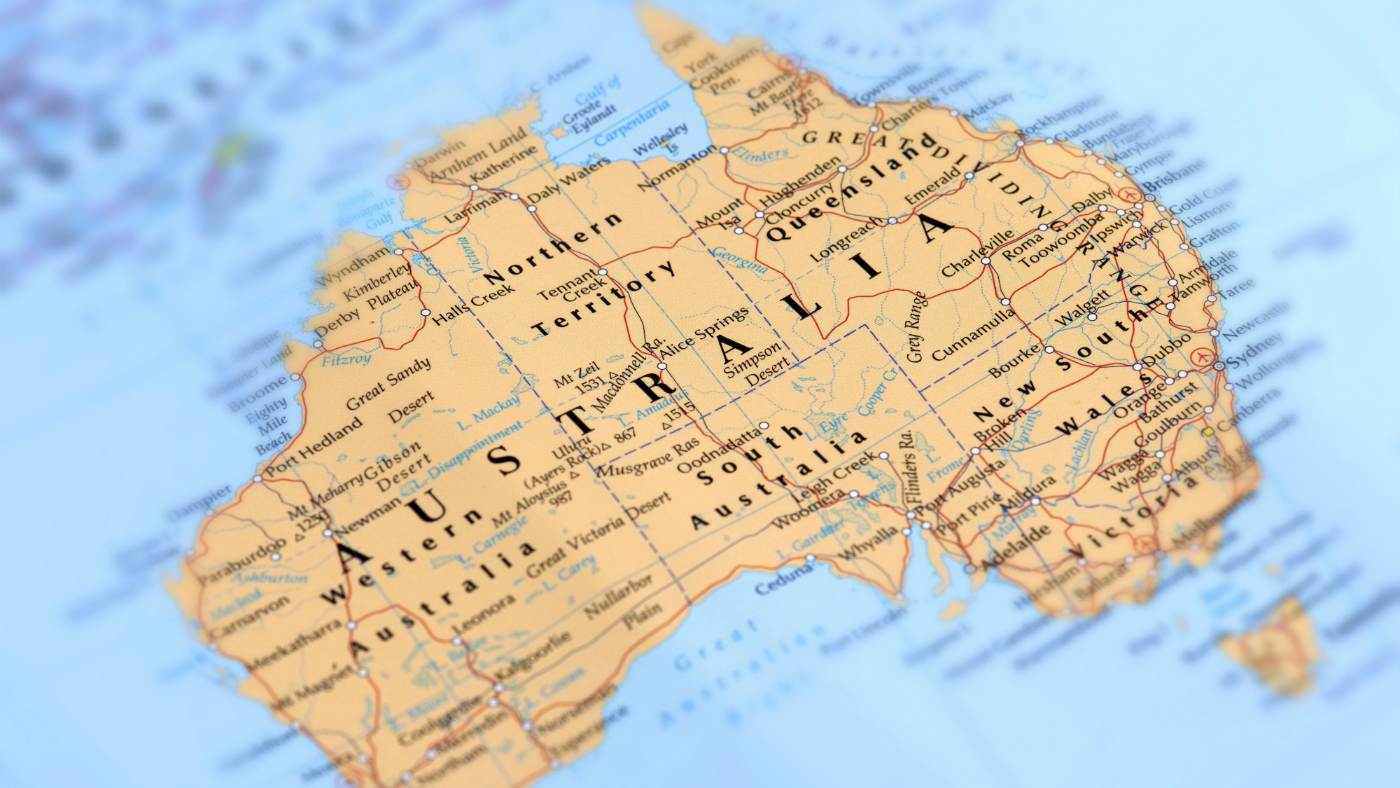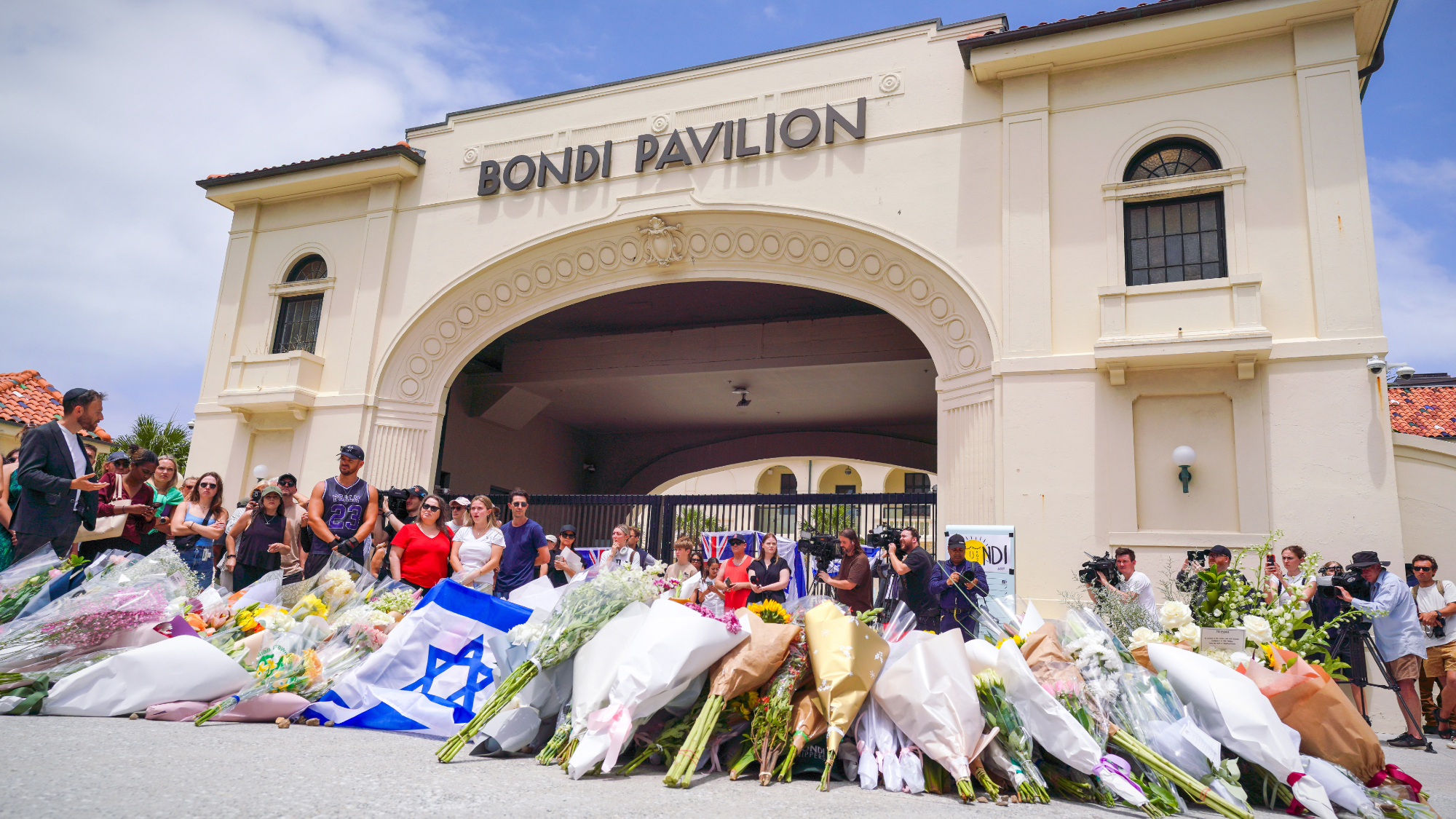Why has Australia had so many prime ministers?
The country is going to the polls facing the prospect of a sixth prime minister in as many years

Australian voters are preparing to choose a new leader while mourning the death of Bob Hawke, the country’s popular former Labor prime minister.
The passing of Hawke - who led the country for almost nine years from 1983 - at the age of 89 has “unleashed pride and grief but also frustration with what many describe as the absence in Australia’s current leaders of the attributes Hawke embodied: vision, authenticity, worldliness and empathy”, reports The New York Times.
Indeed, the nation has witnessed an especially abrasive campaign by the two major candidates vying for power in this weekend’s election: Labor’s Bill Shorten and incumbent PM Scott Morrison, who leads the center-right Liberal Party.
The Week
Escape your echo chamber. Get the facts behind the news, plus analysis from multiple perspectives.

Sign up for The Week's Free Newsletters
From our morning news briefing to a weekly Good News Newsletter, get the best of The Week delivered directly to your inbox.
From our morning news briefing to a weekly Good News Newsletter, get the best of The Week delivered directly to your inbox.
By contrast, “Hawke was a unifier”, says Kris Neill, a communications consultant and former adviser to several Labor Party politicians.
“Bob Hawke made it a core part of his government to govern for everybody - I don’t think we saw in his time the glaring polarisation that we’re seeing in politics today,” Neill told the US newspaper.
This polarisation can be attributed, at least in part, to the chaotic nature of Australian politics in recent years. Between 1992 and 2007, Australia had just three prime ministers, but since then not a single one has completed a full three-year term. Following five prime ministers in six years, “many voters are simply looking for stability”, says Slate.
In fact, this generation, “has probably never felt truly confident that a political leader cared more about the electorate than their own ratings or survival”, says The Guardian’s Lenore Taylor. “They may have never felt confidence in a political leader at all,” she adds.
A free daily email with the biggest news stories of the day – and the best features from TheWeek.com
So why has Australia had so many PM in recent years?
Factional infighting
A defining feature of the governments of both Hawke and the Liberal Party’s John Howard - who served as PM between 1996 and 2004 - was a lack of infighting.
In present-day Australian politics, intra-party factions “are more important than they used to be”, says The Washington Post’s Anika Gauja. Now, “factions not only reflect policy and ideological differences within political parties, but they also help distribute leadership positions”, she continues.
Gauja notes that parties can quickly fall prey to disunity, particularly when party rules empower these fractious groups to distribute material rewards (such as coveted parliamentary positions) to their loyal supporters.
The Liberal Party currently rely on the right-wing National Party in coalition, and Morrison’s position as PM was the result of a coup against former leader Malcolm Turnbull instigated by Liberal right-winger Peter Dutton in coordination with their coalition partners.
Ultimately, however, one moderate PM was replaced by another, leaving the right-wing insurgency unsatisfied, said Peter Hartcher in the Sydney Morning Herald at the time.
“Of all the pointless convulsions in Australian politics in the last decade, this is surely the most pointless,” he wrote.
A question of process
Leadership spills, as the contests are known, were rare in Australia before this century, and some ascribe their increasing popularity to a modern preoccupation with opinion polls and popularity.
The country’s shorter-than-average parliamentary terms of three years also play a role. “As soon as you have completed your first year, you hit mid-term and have to start election planning,” says former Labor advisor John McTernan in an article for the New Statesman. In practical terms, “you have a culture of constant campaigning”, he writes.
Another factor is that until recently, both main parties selected their leaders with a simple vote of members of parliament, with the winner requiring the backing of just 50%. A challenge could “be launched on a Monday, a vote held on a Tuesday, and a new PM by Wednesday”, says McTernan.
Labor changed their rules following a bewildering spell between 2010 and 2013 when the leadership of the party passed from Kevin Rudd to Julia Gillard and then back to him. Now, a higher threshold of the vote is required before a Labor leader can face a spill, with Shorten remaining in the top job since the rule change.
In December, the Liberals also changed their party rules so that sitting PMs can in future only be removed by a two-thirds majority.
Part of a global trend
The demise of mainstream parties in Europe has been well-documented, and while Australia has yet to see a widespread populist movement take hold, Australian voters are increasingly turning toward smaller parties and independent politicians.
In the 2016 election, nearly a quarter of voters chose a non-major party first, and this time around a hung parliament looks highly likely.
The country has already gone through two periods of minority government since 2010, and with terms lasting only three years, the delays in decision-making that typically result from coalition rule can increase frustration with the major parties.
“Soon enough, Australia’s politics may come to resemble that of many European countries, where no major party can ever form a government on its own,” says Sam Roggeveen, director of the International Security Programme at the Lowy Institute in Sydney, in an article for analysis and commentary site Project Syndicate.
Indeed, the turnover of PMs suggests “Australia’s major parties are not coping well with their abandonment by the public”, he concludes.
-
 ‘Let 2026 be a year of reckoning’
‘Let 2026 be a year of reckoning’Instant Opinion Opinion, comment and editorials of the day
-
 Why is Iran facing its biggest protests in years?
Why is Iran facing its biggest protests in years?TODAY’S BIG QUESTION Iranians are taking to the streets as a growing movement of civic unrest threatens a fragile stability
-
 How prediction markets have spread to politics
How prediction markets have spread to politicsThe explainer Everything’s a gamble
-
 Australia weighs new gun laws after antisemitic attack
Australia weighs new gun laws after antisemitic attackSpeed Read A father and son opened fire on Jewish families at Sydney’s Bondi Beach, killing at least 15
-
 How Bulgaria’s government fell amid mass protests
How Bulgaria’s government fell amid mass protestsThe Explainer The country’s prime minister resigned as part of the fallout
-
 Femicide: Italy’s newest crime
Femicide: Italy’s newest crimeThe Explainer Landmark law to criminalise murder of a woman as an ‘act of hatred’ or ‘subjugation’ but critics say Italy is still deeply patriarchal
-
 Brazil’s Bolsonaro behind bars after appeals run out
Brazil’s Bolsonaro behind bars after appeals run outSpeed Read He will serve 27 years in prison
-
 Americans traveling abroad face renewed criticism in the Trump era
Americans traveling abroad face renewed criticism in the Trump eraThe Explainer Some of Trump’s behavior has Americans being questioned
-
 Nigeria confused by Trump invasion threat
Nigeria confused by Trump invasion threatSpeed Read Trump has claimed the country is persecuting Christians
-
 Sanae Takaichi: Japan’s Iron Lady set to be the country’s first woman prime minister
Sanae Takaichi: Japan’s Iron Lady set to be the country’s first woman prime ministerIn the Spotlight Takaichi is a member of Japan’s conservative, nationalist Liberal Democratic Party
-
 Russia is ‘helping China’ prepare for an invasion of Taiwan
Russia is ‘helping China’ prepare for an invasion of TaiwanIn the Spotlight Russia is reportedly allowing China access to military training